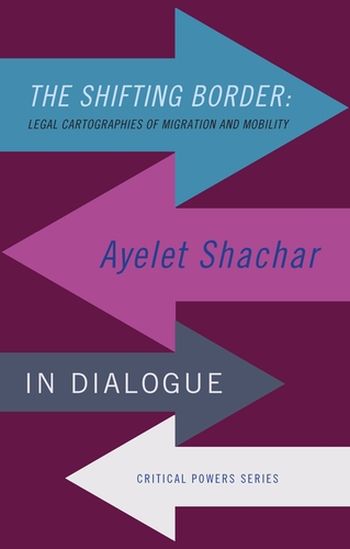
The border is one of the most urgent issues of our times. Traditionally, we think of a border as a hard, static line, but recent bordering techniques have broken away from the lines on the map as governments have developed sophisticated legal tools to limit the rights of migrants both before and after they enter a country's territory. The consequent detachment of state power from any fixed geographical marker has created a new paradigm: the shifting border, an adjustable legal construct untethered in space. This dramatic transformation unsettles assumptions about waning sovereignty while also revealing the limits of the populist push toward border-fortification. It also presents a tremendous opportunity to creatively rethink states' responsibilities to migrants. This book proposes a new, functional approach to human mobility and access to membership in a world where borders, like people, have the capacity to move.